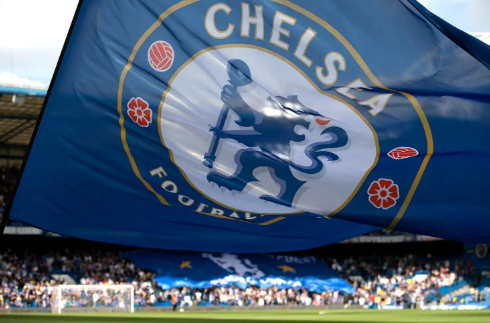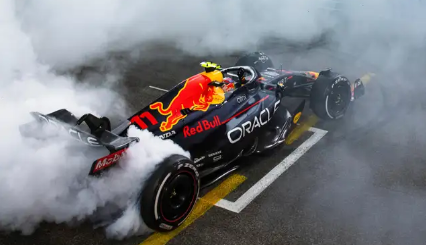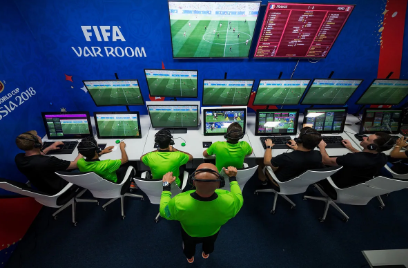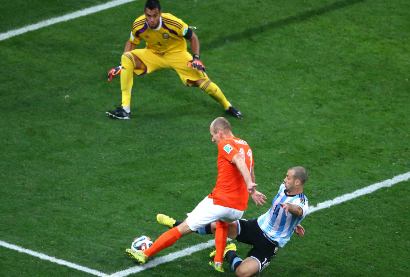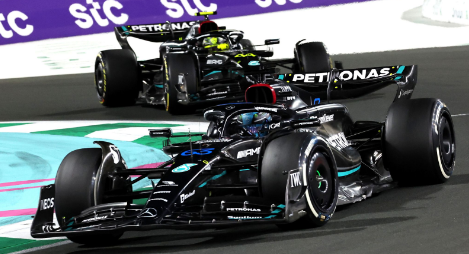Filed under:
A team who just five years ago won the Premier League is now sitting in the bottom half of the table for the second season in a row. The 2022-23 season marked the worst season for the club in over a decade. The disappointing performance came after an insane buying spree which was only repeated during this summer's transfer window. Chelsea’s spending problems continue to burden their pockets without producing the same results as clubs with similar habits. So why is throwing money at the problem not working? Because they’re throwing their money in the wrong direction; it’s time to build, not buy.
Through most of the 2000’s Chelsea was a major competitor for titles, winning the Champions League in 2012 and the Premier league in 2016. The club seemed to be staying in winning form finishing top four in the 2020-21 and 2021-22 season but all that came crashing down last year. The summer transfer window of 2022 was huge for Chelsea's wallet. The team shelled out millions for players in an attempt to challenge for the title. Key purchases include names like Fernandez and Mudryk. These player purchases made the club seem like a real competitor but that notion was quickly proven wrong. In their first part of the 22-23 season it became clear the team lacked unity, not only did they fail to move as a unit they failed to establish an effective and cohesive playing style. This strategic failing became clear as the team was unable to beat even relegation teams, week in and week out the problem seemed to grow. While the season trudged on we saw some incredible progress and even comeback stories from clubs, Chelsea however wasn't one of them. The club comfortably held onto their low table position finishing an underwhelming 12th.
After their complete performance failure the club appeared to be changing their ways with a new transfer window where they sold off a number of their big bucks buys. However their true colors were quickly revealed as they went on to shell out millions more for their new reported big stars. The habits off the pitch haven’t changed and as far as this season has gone neither have the habits on the pitch. Chelsea seems to have gotten worse this season now sitting at 11th just up from the 15th they recently found themselves in. The club has recently hit some truly embarrassing losses including a 0-1 loss to relegation team Burnley. This season is shaping up to be another tragic repeat of 2022 with the potential for it to get a whole lot worse. Despite all the money they’ve spent the club can’t seem to buy themselves a winning season.
While Chelsea and their millions slum it at the bottom of the table another team with big budget habits has remained a dominant power. Manchester City, often accused of being a club with deep pockets but shallow history, has once again found themselves near the top of the table after a hefty transfer window. Comparing the two clubs on the surface we see a lot of purchase similarities, big names and young stars bought for millions. Yet Man City are leagues ahead of Chelsea in every aspect of play. So why is having an almost endless transfer budget working for Man City but not Chelsea? The answer lies in how these clubs are buying players and the fact that City isn’t just buying, they're building.
When clubs buy players they’re making a significant investment. Because of this, clubs tend to favor players who fit their playing style, have a strong dedication to the club, or fill a unique and necessary position within the club. Looking at City’s most recent player purchases we find this theme generally continues. The club's most crucial signings were Gvardiol for $77.6 million and Nunes for $53 million. While Nunes wasn’t the most expensive on the list he filled a central need. After the loss of Gundugan and Cancelo the club faced issues in the midfield and with defense. Often after a club wins something as big as a treble they fail to perform as well the next season, add on losing a vital team member in Gunduan and Man City were facing a harsh challenge. The few key purchases made in the transfer window show a strategic spending pattern building something more.
This strategic purchasing is where Chelsea fails. Looking at the club's player purchases we see the opposite trend. Big name and big money players will always have a home at the top of the transfer market, these players with big flashy skills and an impressive goal record seem incredible but that’s only when given the tools. In the summer transfer window Chelsea lost a lot having to sell off a huge number of their players including Kai Havertz, Mason Mount, and João Félix after his loan deal. Previous to this Chelsea was often criticized for not being able to create offensive chances or control the midfield. This combined with the loss of their strongest attacking and central midfielders would warrant the club should be on the hunt for a new offense. Yet they did the opposite.
The biggest buys for Chelsea this season were Caicedo for $116 million, Lavia for $62.1 million, and Nkunku for $60 million. Out of these three two were defensive midfielders and actually on a wider scale only 5 out of the 26 signings were attacking positions. Now we’ve seen teams with a primary defense work relatively well before the problem is the teams who succeed with a defense forward strategy actually run a defense forward strategy. Chelsea’s manager Mauricio Pochettino’s preferred style of play is a 4-3-3 attacking, even when not playing 4-3-3 he prefers an attacking style. Attacking formations are great but maybe not so great in a team consisting almost entirely of defensive focused players.
We’ve seen this same big spending fail in other leagues as well, the most famous case being PSG. The club at one point had arguably the three best players in the world as their front three and yet continued to fail in tougher competitions largely due to an inability to find an effective strategy. Spending millions without effective strategy leads to the Chelsea's and PSG’s of football but they don’t have to stay that way.
Let’s go based on the assumption Chelsea should keep the majority of its players right now. Looking at their line up we see a lot of players who have played for clubs specializing in defensive midfield positions. Keeping this in mind a 4-2-3-1 format isn’t suited for the club especially when their roster seems to be a rotating door. A 4-4-2 diamond format would work better for the club as this strategy allows for a strong central defense as well as the kind of structure the club desperately needs in the midfield. The club doesn’t lack talent and it certainly doesn’t lack funds, it lacks the ability to use its players effectively. Defense dominant teams can effectively wear down other teams and with a little luck in the middle can easily exploit the weak spots of bigger badder clubs.
In the end it’s a normal part of a club's life to have ups and downs. However this dramatic drop seen from Chelsea is an unnecessary failure. A club with a $-195 million transfer report shouldn't be fighting for 12th. The club needs to stop buying dreams and start building a future.
